I should know better, but it happens every year: I start too many seeds, feel uncertain about whether or not I sowed enough, then realize I’m growing more food than my family can possibly eat.
And I don’t think I’m alone in this!
My eyes are much bigger than my stomach—and my garden—at the beginning of every season, and I inevitably end up with hundreds of seedlings that I scramble to find room for in any patch of bare soil.
Or sometimes, on the flip side, I don’t plant nearly enough of my favorite fruits and vegetables. (Especially the ones I like to snack in the field before bringing them in.)
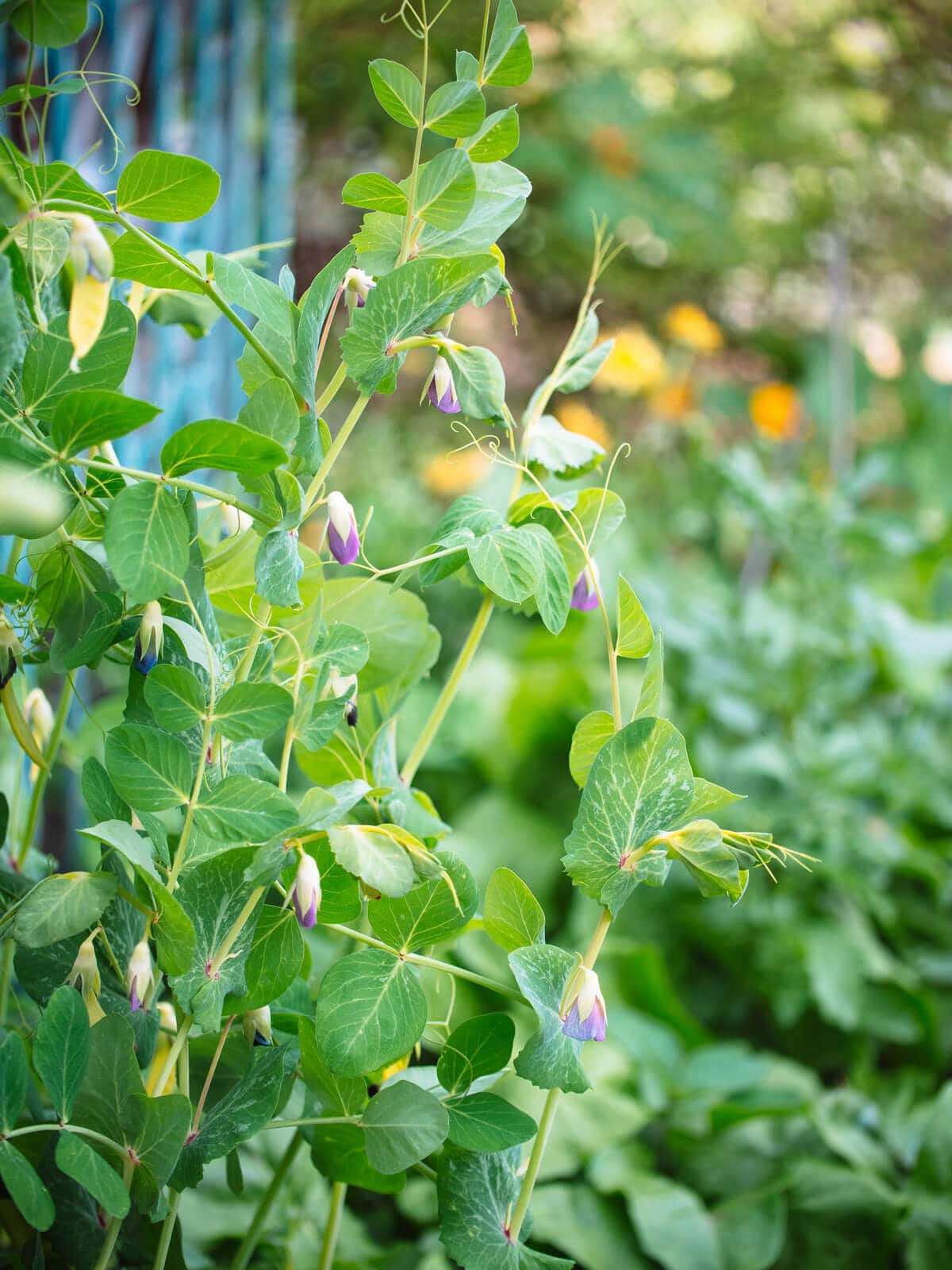
For a while, I struggled with knowing exactly how much to plant in a vegetable garden to feed my family.
Finding that balance between having enough food to eat and preserve, while wasting as little as possible to overripeness, frost, and the compost pile, can be tricky.
(I know that returning plants to the life cycle by way of composting isn’t really waste, but those unused vegetables still took time, water, and other resources to grow.)
Related: You already grow these unusual vegetables that are actually edible
I had questions that every edible gardener has wondered at some point: How do I know if I’m growing enough food? What size garden does it take to feed a family of four?
Over the years, I’ve tracked how much we grow versus how much we eat, and I thought it was worth sharing these numbers with you to ease some of the pre-planting anxiety we all feel when mapping out our garden beds.
The only downside to having hard numbers to reference is that they’re highly variable when it comes to a topic like this. Factors like the size of your garden, your growing conditions, and even the appetites of your family members all influence how many plants are considered “enough.”
So, use this information as a starting point for planning your new garden, and tailor it accordingly based on your own family’s needs, preferences, and resources.
5 things to consider before planting
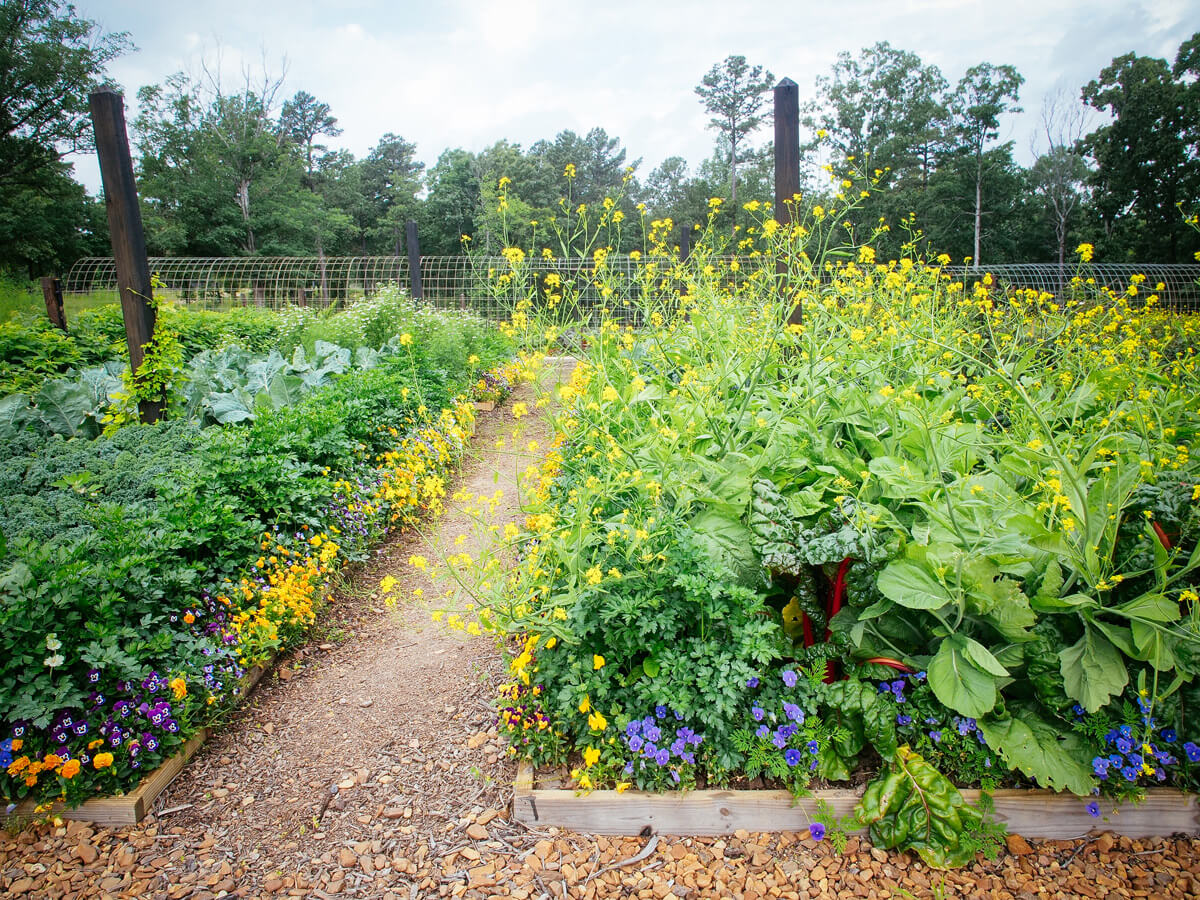
1. How big is your garden?
This is the most limiting factor when deciding how many plants to grow per person. Even if you want to grow enough tomatoes to feed your family for an entire season, those plants take up a lot of space.
You may find yourself needing to scale back in order to provide some variety for your meals, or you may decide that you’d rather grow as many tomatoes as you can and just buy other vegetables you like to eat.
(A tip from my own experience: I tend to focus on growing vegetables that are expensive to buy organic, like tomatoes and bell peppers, over less expensive produce like potatoes and onions.)
Remember that garden space doesn’t have to be within the confines of a “proper” edible garden either.
You may be able to get away with growing salad greens in a window box, letting beans and cucumbers climb a back fence, or adding artichoke plants to your ornamental landscaping in the front yard.
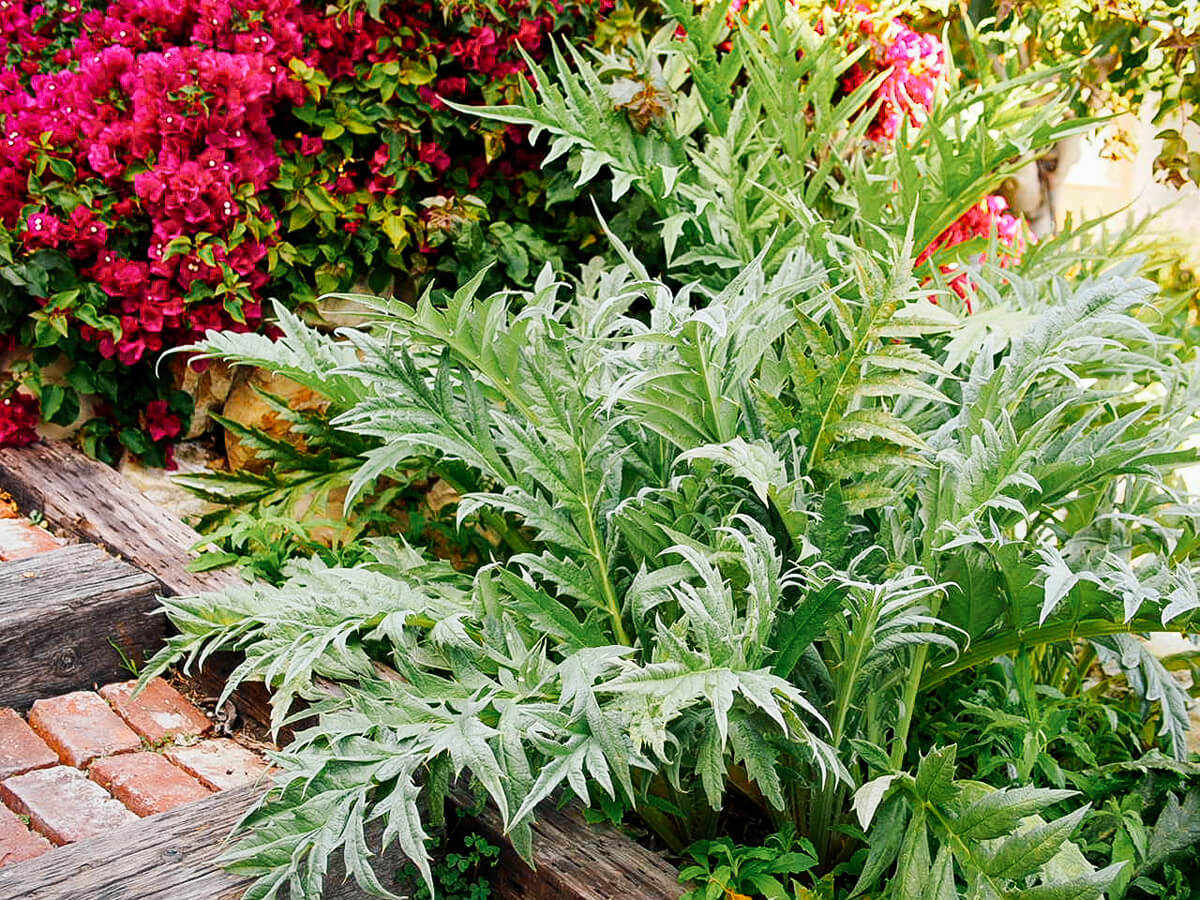
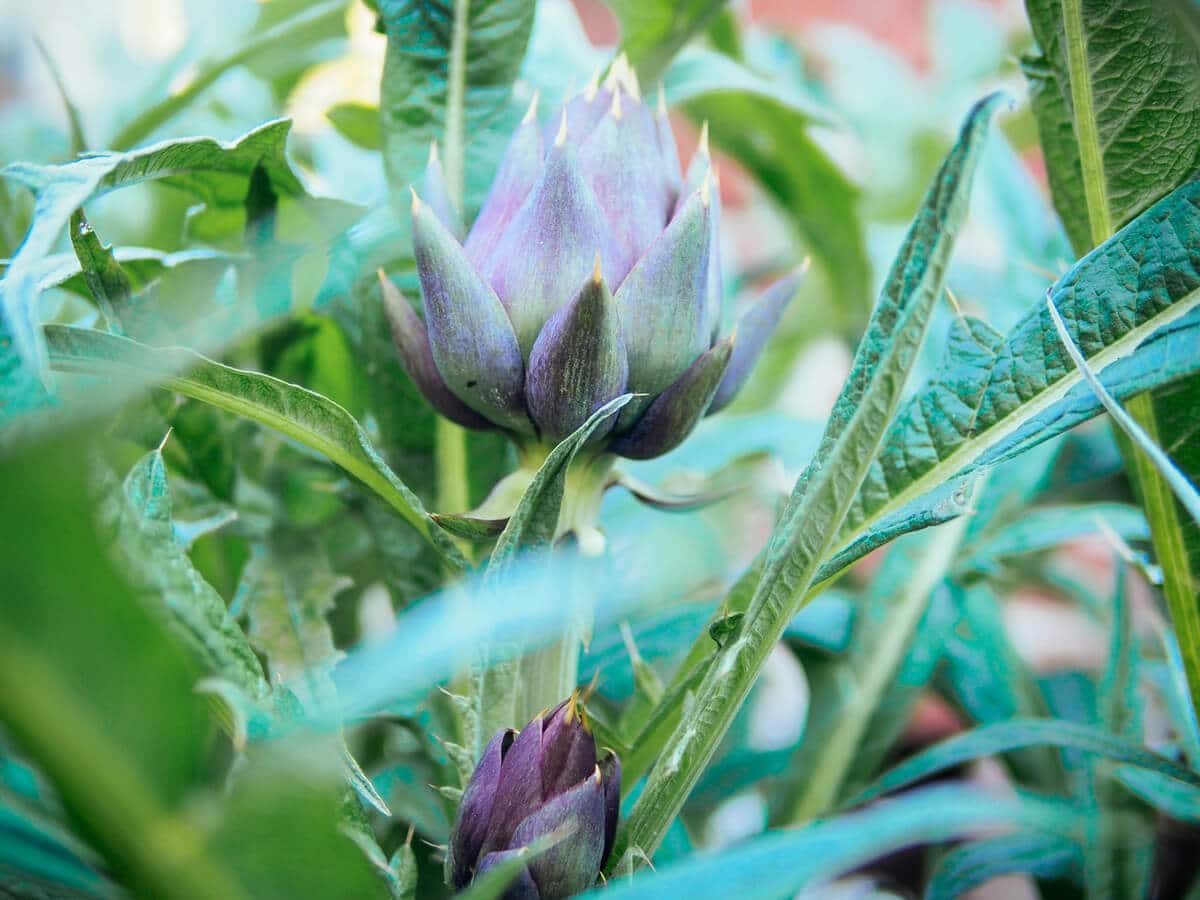
By being creative with plant placements and repurposing household items (like a vintage clawfoot bathtub!) into unconventional planters, you can maximize a small space and produce more food than you thought was possible.
2. What does your family like to eat?
It goes without saying that you should grow the fruits and vegetables that your family likes to eat, and plant only one or two of each variety that you want to try.
Be honest and realistic about what your typical meals look like, and how much time you actually have to use or cook what you grow. It’s all too easy to get dazzled by the incredible selection of seeds you find in seed catalogs. (Yep, been there.)
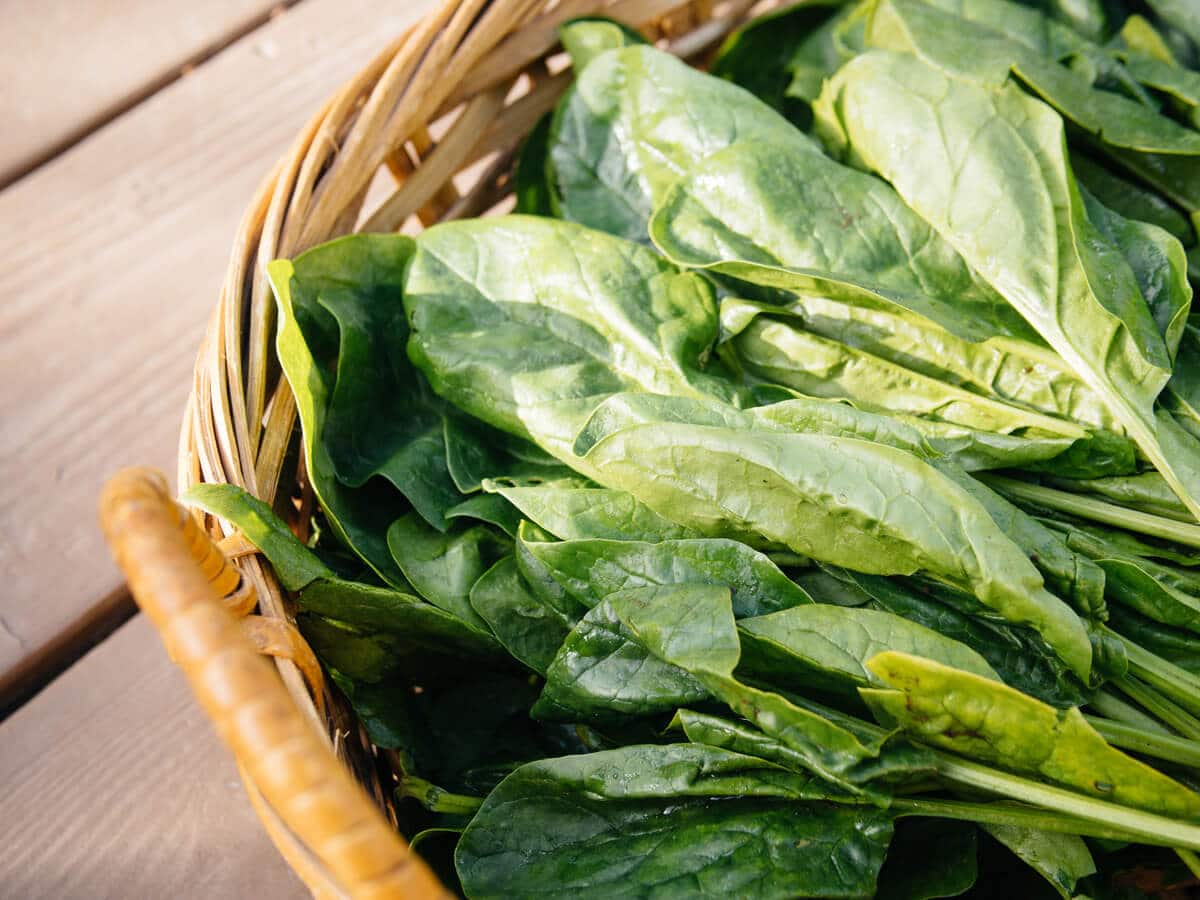
If rhubarb is something you only use for the occasional pie or cobbler, you might be better off just buying it. If green smoothies are a regular part of your morning routine, you might want to grow more spinach and carrots than suggested. And if you absolutely love beets, you could succession plant 5 to 10 plants per person every couple of weeks, instead of a single crop all at once.
3. How old is each person in your family? What is that person’s lifestyle like?
A toddler will obviously eat less than a teenager, and family members who stay home all day will likely eat more than those who commute to work and eat out often. Keep the ages and lifestyles of each member in mind as you plan your garden, and adjust the number of plantings to suit everyone’s needs and likes.
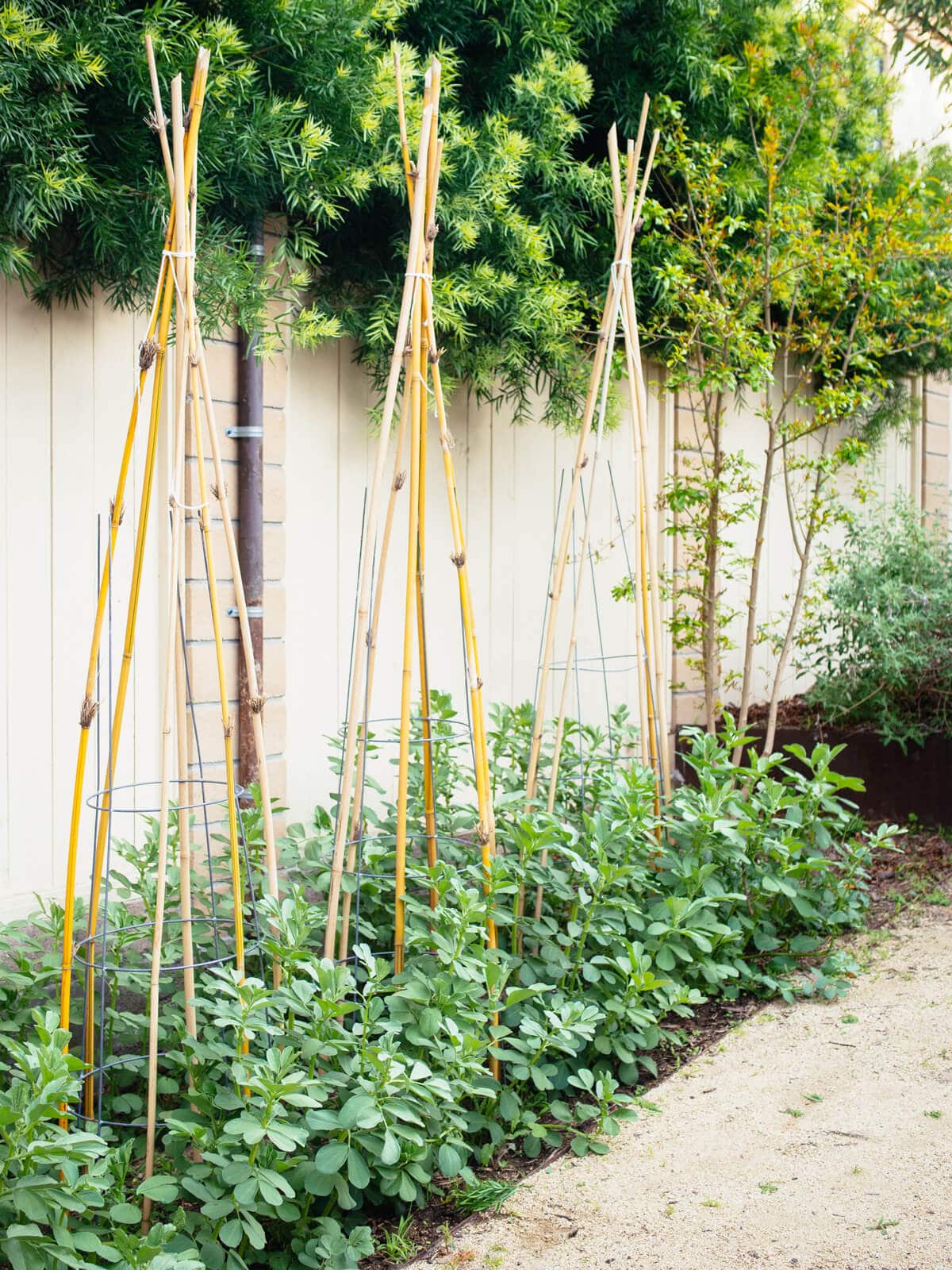
If you raise chickens or make your own dog food at home, you might want to add a few more plants for them, too.
4. Do you like to eat in season or preserve excess harvests for later use?
The chart below lists the number of plants needed for fresh consumption.
But what if canning is a hobby you enjoy? What if you love to make several batches of homemade tomato sauce every summer? If you plan to preserve any of your fruits and vegetables, you’ll probably want to grow more than what is suggested.

A general rule of thumb—depending on the type of vegetable preserved, how it’s preserved (drying? fermenting?), and how much you actually want to store—is to quadruple the number of plants suggested in the chart.
5. What can you grow successfully in your climate?
Different soil and weather conditions, even year to year, can affect the yields from your vegetable crops. Some plants are more prolific in warmer climates than they are in cooler climates, or they may have a shorter life cycle dictated by summer heat or fall frost.
Related: Find your first and last frost dates and plug them into my planting calendar
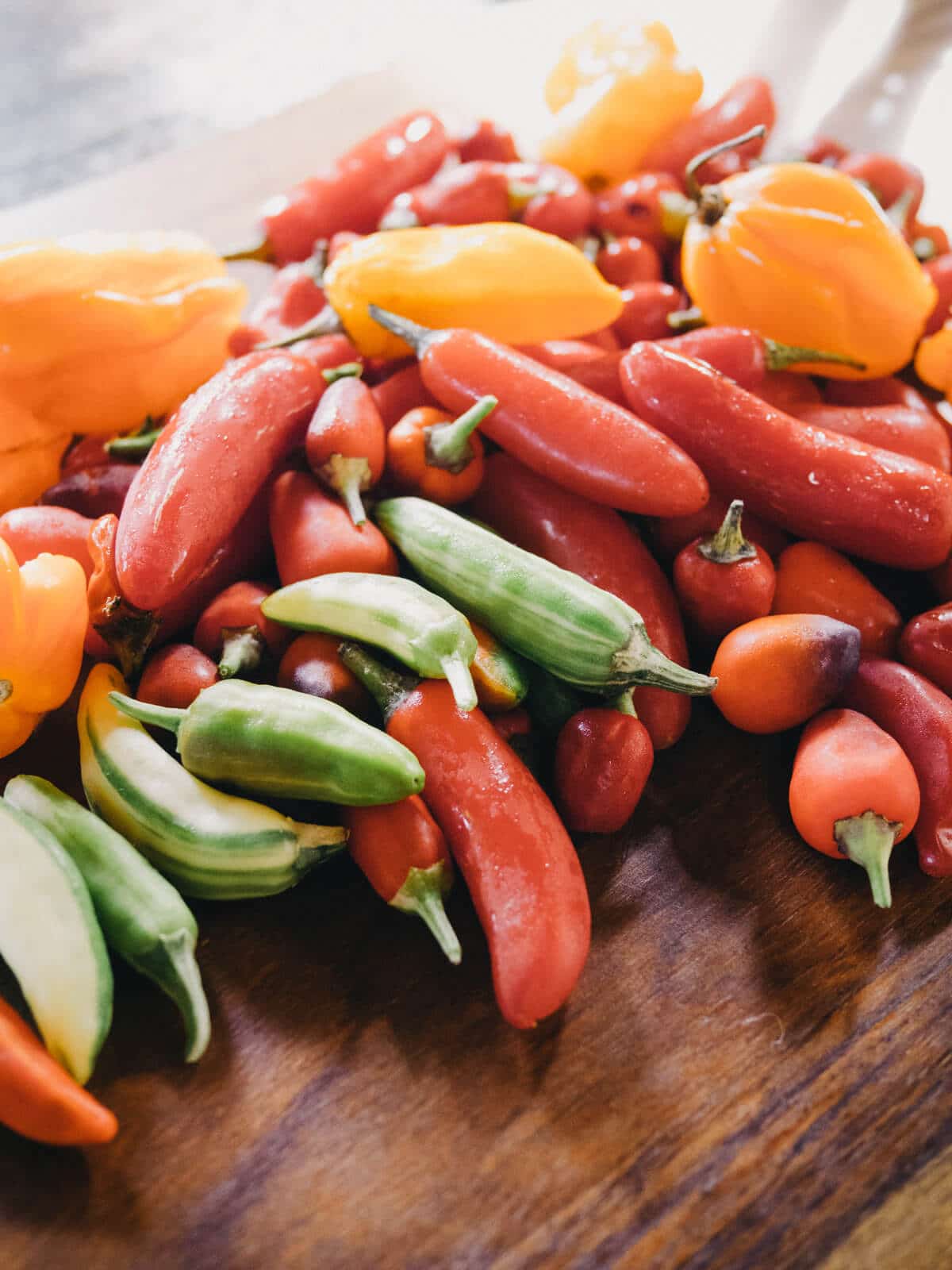
Ultimately, the number of plants you grow will vary based on how productive your garden is (factoring in soil quality, irrigation, and pest pressure) and how well certain plant varieties do in your climate.
Frequently asked questions
How much to plant to feed a family
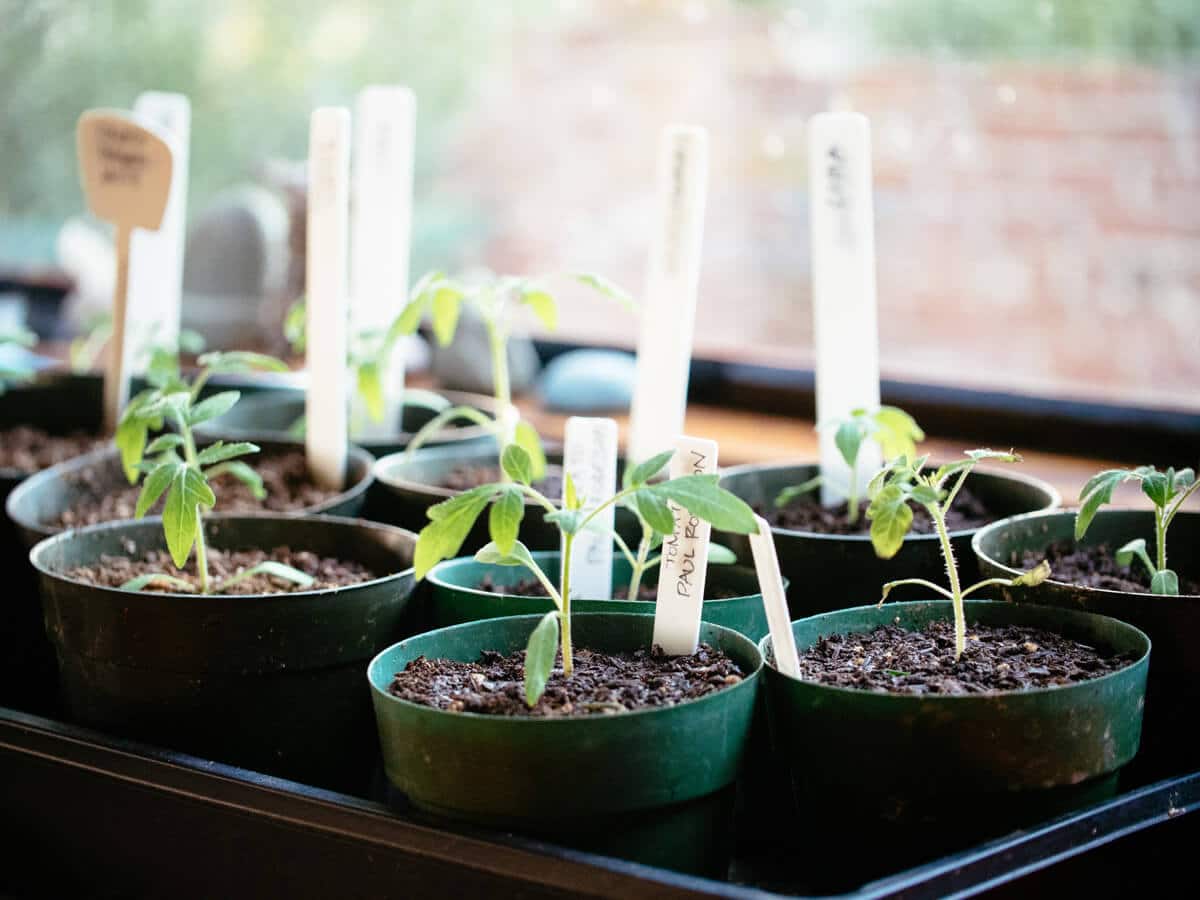
These amounts are taken from my own personal experience and the average yields of common vegetables in a home garden.
They don’t take succession planting into account. So for example, if you need to plant 20 carrots per person, you could plant 10 at the start of the season and 10 in the middle of the season for a continuous harvest.
All amounts are based on fresh eating, so adjust accordingly if you want to preserve any of your harvests or you have an extra long growing season.
Vegetable Planting Chart
| Crop | Number of Plants to Grow |
|---|---|
| Artichoke | 1 to 2 per person |
| Arugula | 5 per person |
| Asparagus | 5 to 10 per person |
| Bean (bush) | 5 to 10 per person |
| Bean (fava) | 4 to 8 per person |
| Bean (pole) | 3 to 5 per person |
| Beet | 5 to 10 per person |
| Bok choy | 1 to 3 per person |
| Broccoli | 2 to 4 per person |
| Brussels sprout | 1 to 2 per person |
| Cabbage | 2 to 4 per person |
| Carrot | 10 to 20 per person |
| Cauliflower | 2 to 4 per person |
| Celery | 2 to 6 per person |
| Chard | 2 to 3 per person |
| Collard | 2 to 3 per person |
| Corn (sweet) | 6 to 12 per person |
| Cucumber | 2 to 4 per person |
| Daikon | 3 to 6 per person |
| Eggplant | 1 to 2 per person |
| Garlic | 10 to 15 per person |
| Kale | 3 to 5 per person |
| Kohlrabi | 4 to 8 per person |
| Leek | 10 per person |
| Lettuce | 5 per person |
| Melon | 2 to 3 per person |
| Mustard green | 5 to 10 per person |
| Okra | 2 to 3 per person |
| Onion (bulb) | 10 to 20 per person |
| Onion (scallion) | 15 to 25 per person |
| Onion (shallot) | 10 to 20 per person |
| Parsnip | 5 to 10 per person |
| Pea (shelling) | 15 to 30 per person |
| Pea (snap or snow) | 3 to 5 per person |
| Pepper (sweet) | 3 to 5 per person |
| Pepper (hot) | 1 to 2 per person |
| Potato | 5 to 10 per person |
| Radish (spring) | 15 to 25 per person |
| Radish (winter) | 5 to 10 per person |
| Rhubarb | 1 to 2 per person |
| Spinach | 5 to 10 per person |
| Squash (summer) | 1 to 2 per person |
| Squash (winter) | 1 to 2 per person |
| Sweet potato | 5 per person |
| Tomatillo | 1 to 2 per person |
| Tomato (cherry) | 1 per person |
| Tomato (slicing) | 2 to 4 per person |
| Turnip | 5 to 10 per person |
Keep track of how much you grow
Ultimate Garden Diary
This printable PDF includes loads of charts and logs to help you stay organized all season long.
Track what you planted, when and how much you harvested from each crop, and keep your notes in one simple-to-use system that can be reprinted and “refilled” year after year.
Have you started your seeds or transplanted your seedlings? Here are a few links to help you get started:
This post updated from an article that originally appeared on April 24, 2018.



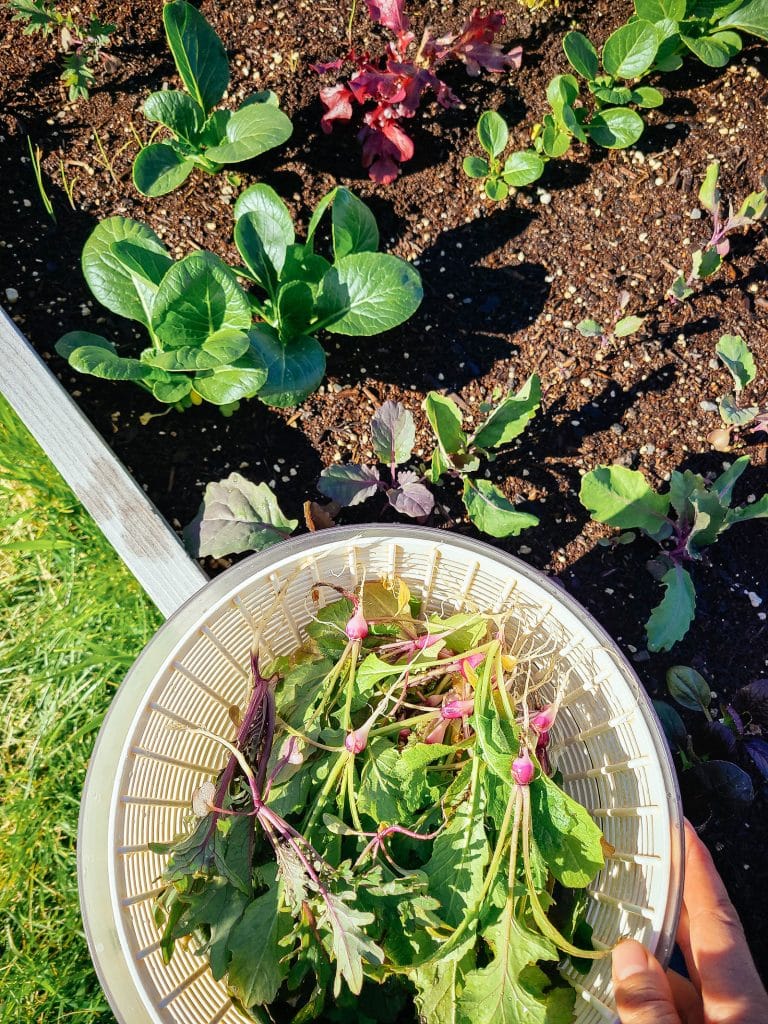
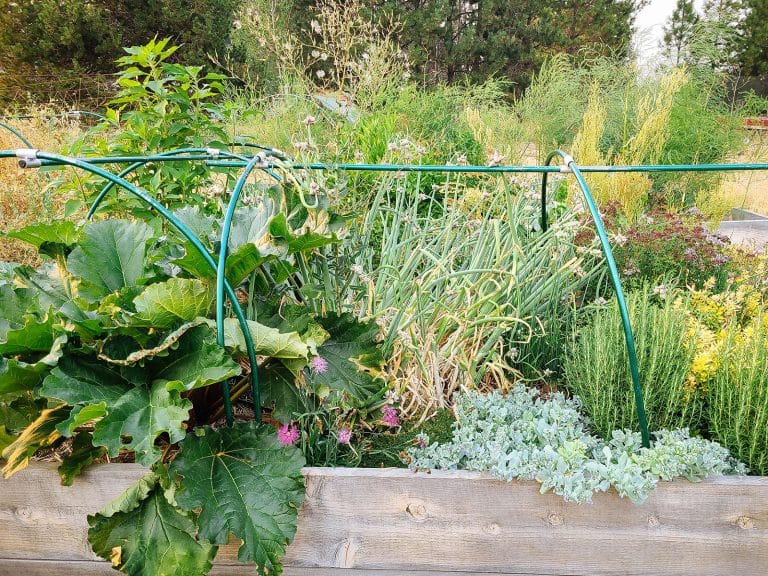

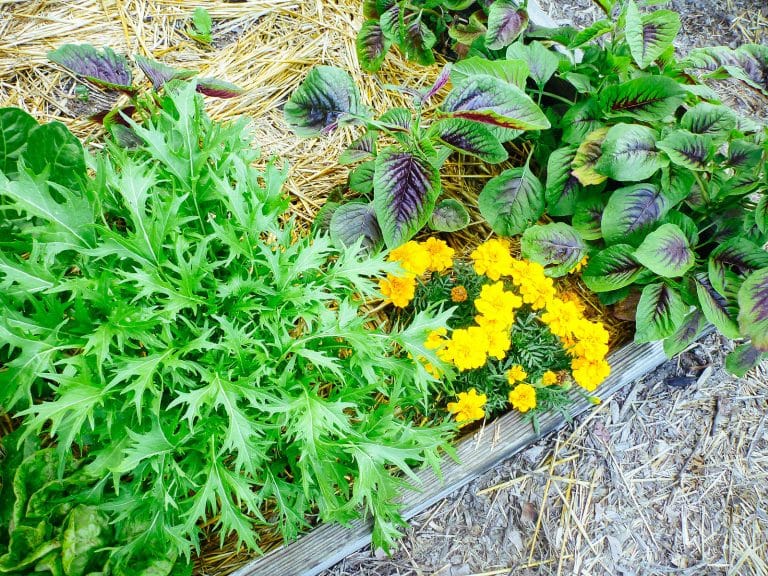






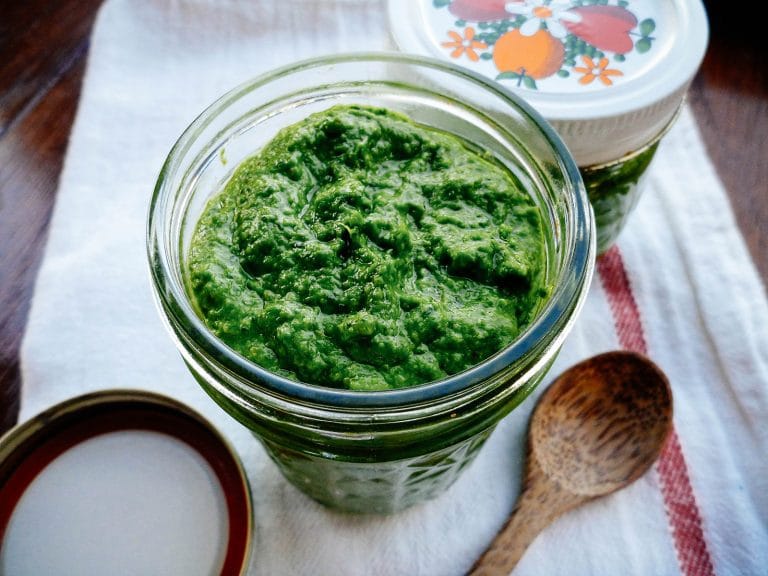


This post is incredibly useful for planning a year’s worth of food! I appreciate the detailed advice on quantities and planting schedules. It’s great to have a clearer idea of how much to plant to meet my needs. Do you have any tips for adjusting these quantities based on different family sizes or specific dietary preferences? I’m eager to start planning my garden and would love any additional advice on managing harvests and storage. Thanks for the valuable insights!
You need more than one acre to feed one adult for one year, according to most credible sources. Some say as little as 1/16 of an acre (crops only). The stats that show 3 to 5 acres include livestock area. But, no way can you feed a person with 200 square feet. LOL
200′ X 200′ = 40,000 sq ft =0.92 acre
An acre is 43,560 sq ft
My mom & aunt gardened a 15 acre plot for their immediate family. It provided for 6 adults + 9 kids throughout the year. I hated the garden when I was a kid but love it now.
Not tue. I grow enough to eat, gift to other, and can in a much smallerr space. Square foot gardening. Done it for years.
No – you must be getting food from another source – or else you have discovered something very unique… The most calorific intense food is Potatoes which can provide 6 million calories per acre per annum.. The adult human requirement is roughly 1 million calories per annum – so on a diet of only potatoes your would require 1/6 acre to live off potatoes only.. That is only calories – there are other things you need from food…
I agree – there is no way 200 square ft is enough land for sufficient food (veg/fruit) for one person.. ( I have individual raised beds bigger than that) – That is 20m2 – which is a 10m (33ft) bed which is 2m (6ft) wide. However, my understanding its that about half an acre is more than enough for a family of 4.. That does not include protein (so no livestock included).. As a basic rule of thump – I would give 1/3 of the area to the Carb staple – be that Potatoes or Corn or a Grain.. Then about another 1/3 of the area will go to Fruit ( Apples, Pears, Raspberries, Strawberries, Currents etc.. ) the remaining 1/3 is what most people only consider – and that goes to the Veg and Salad crops. A % of the area will be lost to pathways to get access to different area where things are growing..
Hello,
I have a question. Do your numbers apply to a hydroponic garden as well?
Thanks!
This is helpful. I typically try to just calculate how much of things we eat each year, but when you get into the fact that many foods aren’t preserved well or need a lot more or less to be preserved, things are just hard to calculate. Since so much of it is just personal tastes, it’s hard!
I have gotten to the point where we just eat and preserve whichever we produce most that year. One year we had a bumper crop of eggplant and… Let’s just say, there are only so many eggplant “meatballs” a person can eat!
This year I have already killed all my cruciferous veggies or they look puny and weak. I’m hoping there will be a bumper crop of something, though. (Not eggplant!)
I agree that it can be very hard to calculate things, especially considering anything can happen to the plants between seed and harvest. I often do the same as you: try to preserve whatever I have extras of! Good luck with the rest of your season!
Thank you. This is a great article and just what I was looking for!
Plant and grow as much as possible.
What you can’t eat now, you could can and eat later.
Excess production – you can trade for fruits and veggies you don’t have.
You can also donate to local food banks for people who are down on their luck or can’t grow food on their own.
There are starving people in the world. The more food you can grow the less starvation they might be.
Of course, supply and demand too. More supply the lower prices are too.
Look up Victory Gardens.
Thanks for the article really helps out with how many plants to plant per- person .
lots of love .
Hi! This is such a useful post!
It’s autumn where I am now and I’m starting to plant seeds for food for my family – do you have any advice on how often you should replant? Do you sow seeds and then a week later sow more and so on? I’m trying to figure this part out so I can stop buying from the shops.
Thank you!
This was so handy! And all of the photos are just gorgeous! Thank you!
Thank you thank you!
Wow, thank you for this post! This year I’m attempting to grow most (if not all) of my own veggies, and I have no idea how much to plant. I love the suggested number of plants to grow for each crop because you’ve given me a good starting point. Thanks again!!
You’re welcome, good luck with your garden this year! It’s so rewarding when you realize you only need to go to the grocery store for staples like dairy and meat!